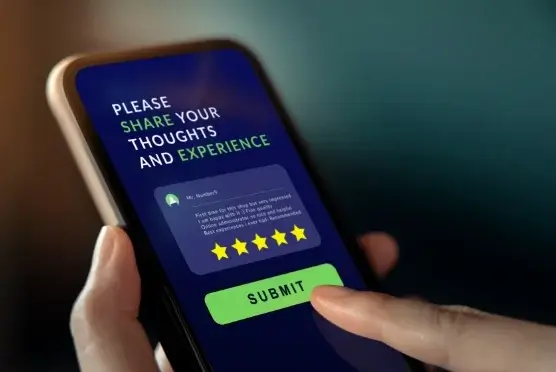Locus for 3PL & CEP:
A lean, mean, package fulfillment machine
Ensure maximum profitability across your national and regional distribution networks with fulfillment for volume, cost per order, and customer preferences. Enhance productivity across every network hub and driver route by automating crucial workflows, from order to delivery.

The complete order-to-delivery solution for 3PL & CEP enterprises
The Locus edge

A single platform for all shipper needs
Consolidate all shipping services, including on-demand and pre-scheduled deliveries on an integrated digital platform, enhancing the ease of use and efficiency for shippers.

Reimagine efficiency with dynamic route planning
Deliver orders by navigating through on-ground challenges with dynamic routing, and accommodate on-demand orders without additional deployment of vehicles.

Accelerate productivity by streamlining hub operations
Trade time-under-roof for productivity on the road by auto-sorting packages based on multiple parameters. Optimize vehicle space with a smart load optimization program.

Resolve delivery inaccuracies and re-attempts from unclear addresses
Improve first-attempt delivery rates FADRs by leveraging our built-in geocoder for converting unclear addresses into accurate longitude and latitude coordinates.

Optimize your fleet utilization for a variety of shipping needs
Optimize your delivery and driver schedules to factor in diverse shipper-based needs, traffic patterns, loading and unloading dock, and other resource availability.

Keep costs in check with seamless and transparent transporter management
Avoid inflated costs by bringing precision to transporter reconciliations and payments through customized workflows and system-verified cost validations.
“ Locus has elevated our logistics operations to new heights of performance and productivity.
Their advanced parcel sorting technology, combined with geocoding and route allocation, has transformed our order processing, resulting in faster order cycle times and 95% route mapping accuracy.”
Juster Correia
General Manager - Operations
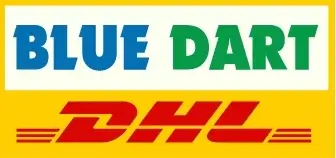
65% Reduction in sorting time & 27% increase in deliveries per day
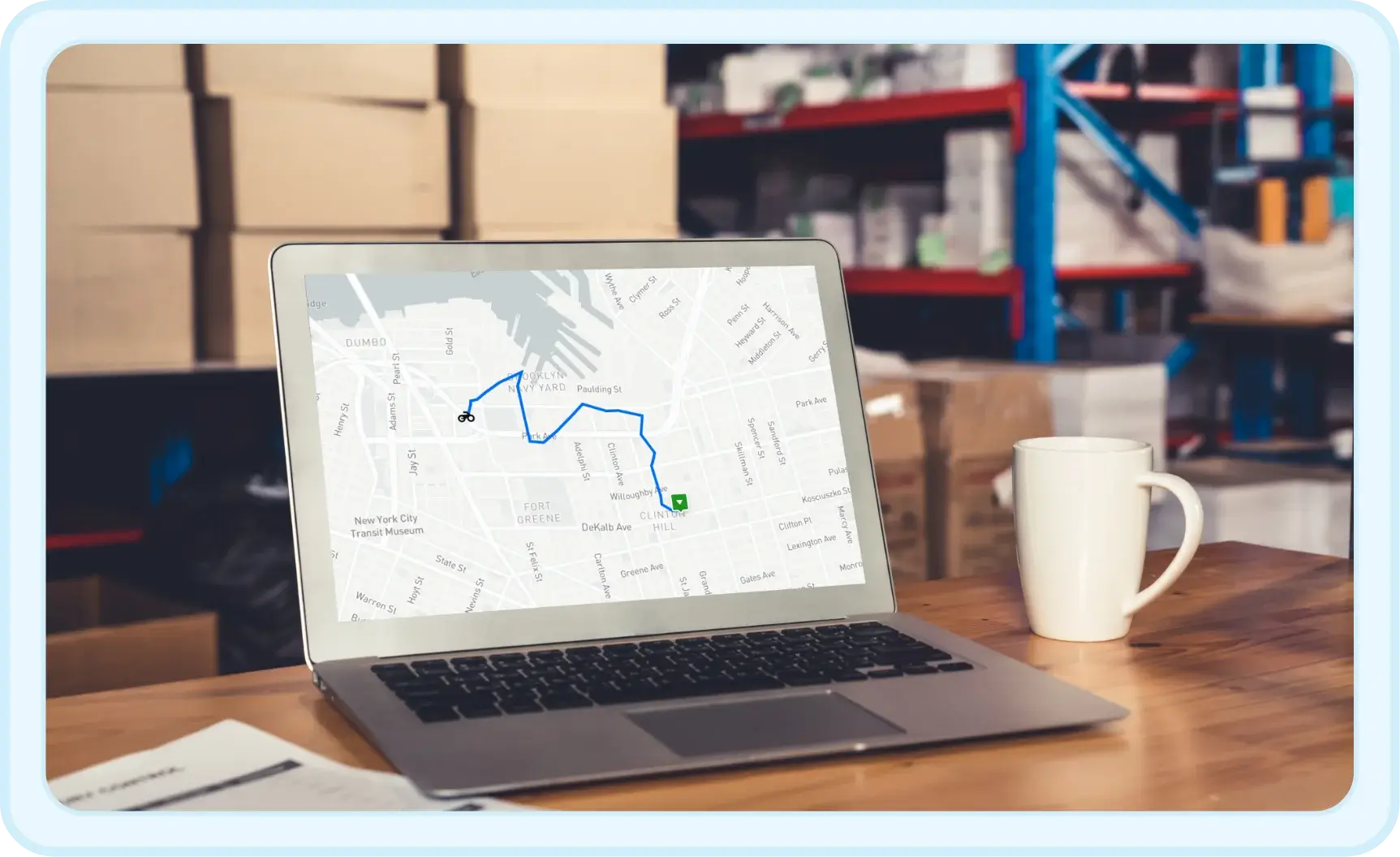
Uncover data-backed insights for sustained profitability
Leverage intelligent routing and cost analysis capabilities to operate competitively on new business, and optimize existing routes for maximum profitability.

Beat every delay
Reduce operational costs and improve customer satisfaction by proactively addressing delivery exceptions with automated alerts across multiple channels.

Deliver a captive fleet experience to shippers
Help shippers provide an unbroken order-to-delivery experience to their customers with turn-by-turn navigation, and accurate ETAs, while maintaining delivery accuracy at the same time.

Empower your drivers for delivery excellence
Equip your drivers for fulfillment excellence with a dedicated app for clear task views and updates, real-time navigation, and digital proof of delivery for order visibility to all stakeholders.
Successfully delivering for





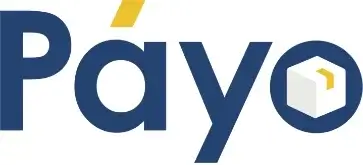
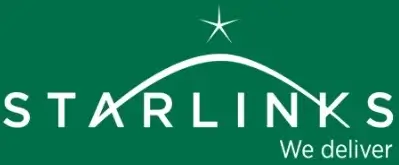
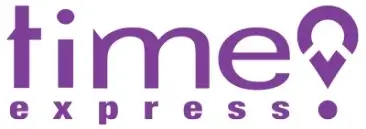


Our global impact to help your business
Reduction in dispatch planning time
Reduction in sorting time
Reduction in operational costs
Latest Locus insights

Time under the Roof: The Bane of CEP Business Growth

Establish Your Right To Win: The Definitive CEP Playbook

Efficient Shipping Solution to Automate Your Carrier Selection
